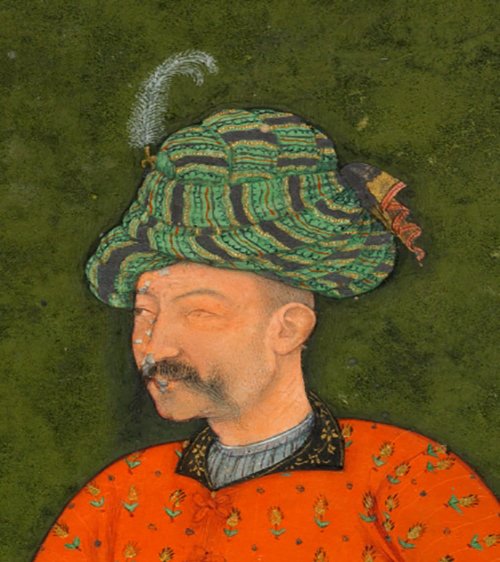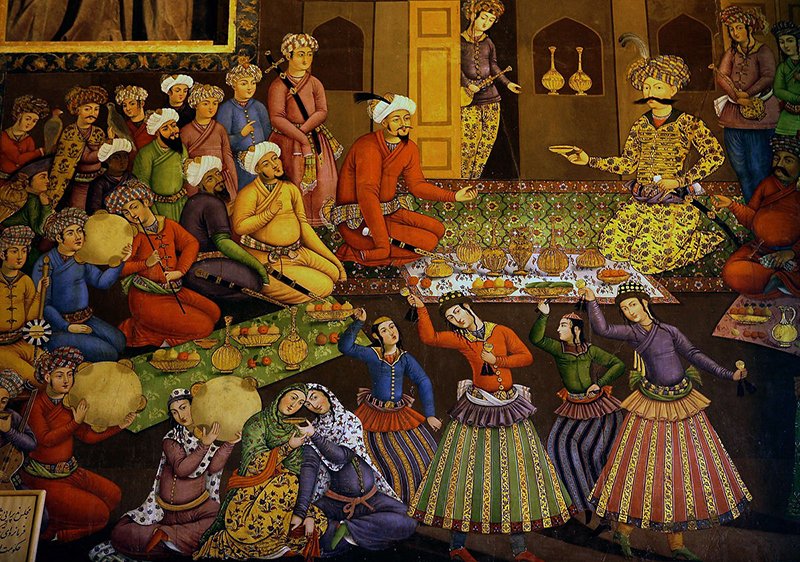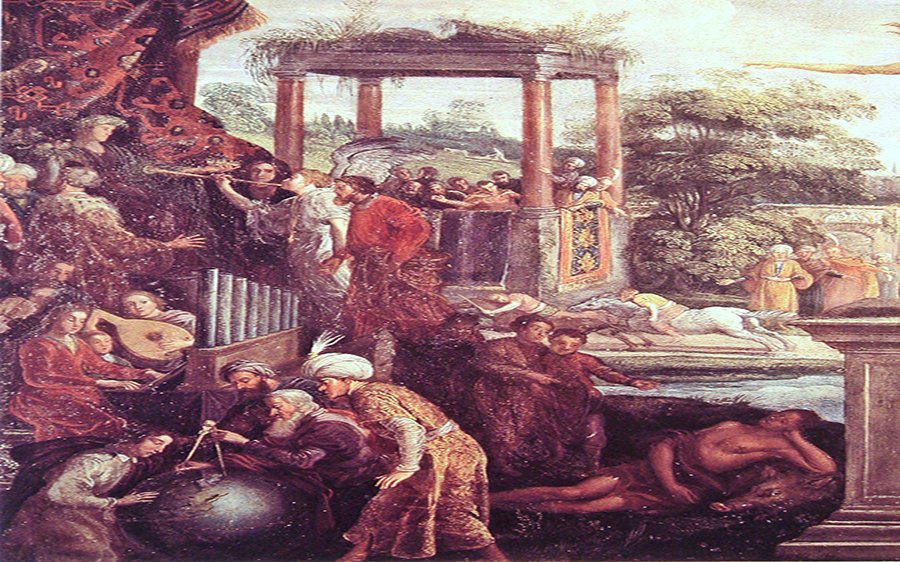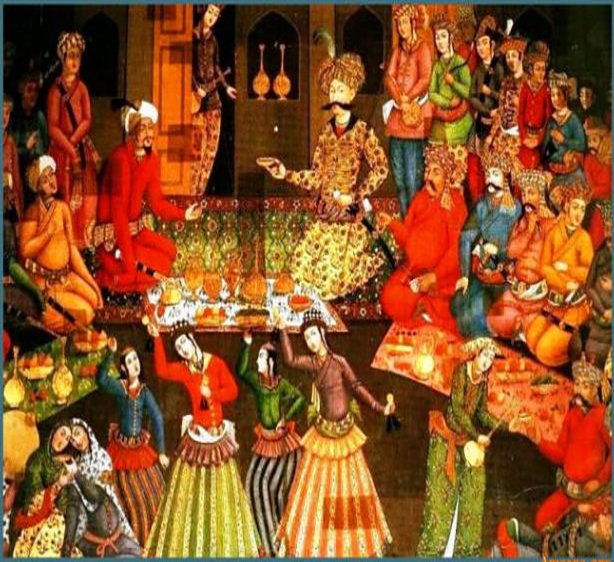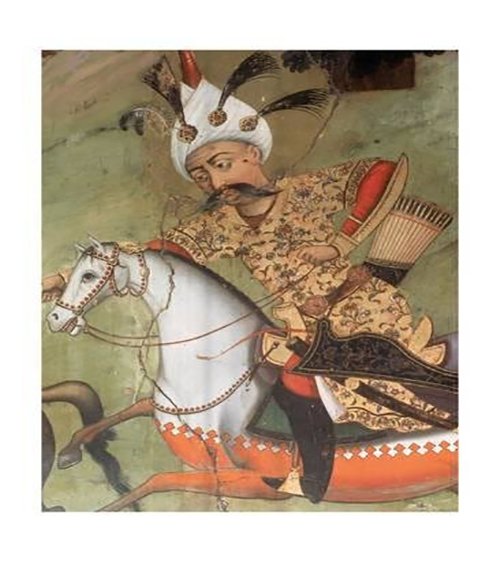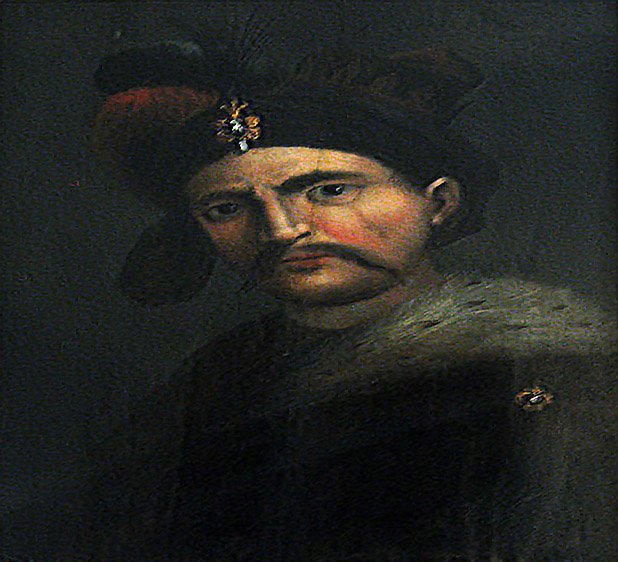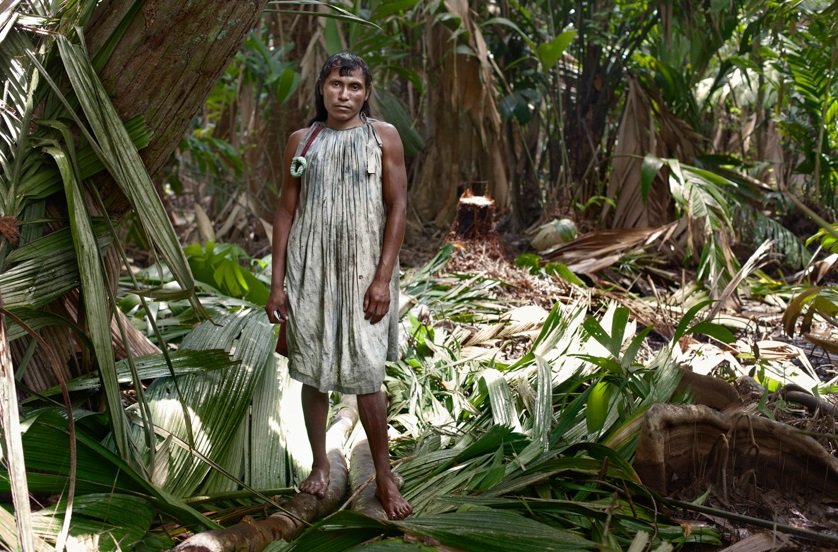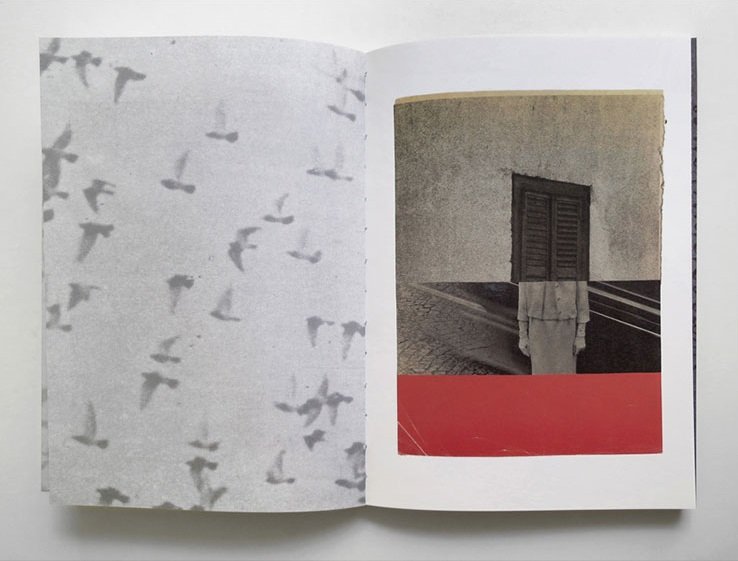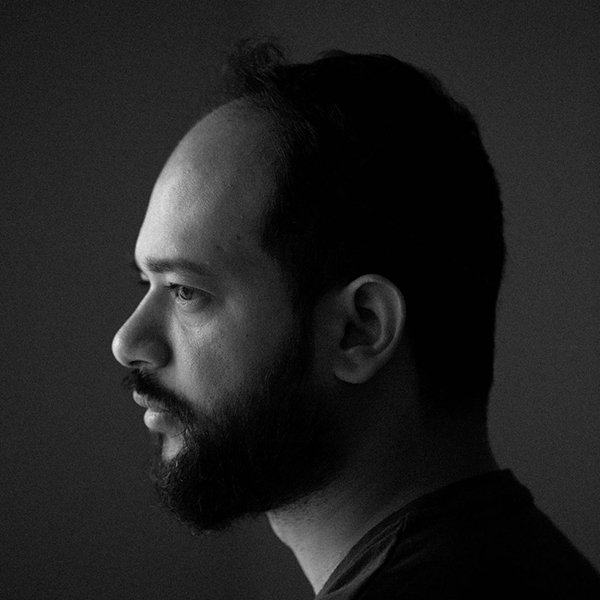‘IRAN. Shahr Rey. 1997. Four seater motorbike’
Iran –
Famous for his sheer aesthetic intellect, rational sense of work and a “black and white” style of photography, internationally acclaimed Magnum photographer Abbas is an effortless and a skilled photographer/ writer, well recognised by the photography fraternity in the world. He dedicated his life in covering the social, economic lives of areas and people in conflict throughout the world. He has covered wars and revolutions in Biafra, Bangladesh, Northern Ireland, Vietnam, the Middle East, Chile, Cuba, and South Africa during the apartheid. He is currently working on his next project that covers Hinduism. Recently, Abbas was in Mumbai to shoot the Hindu festival of Ganesh Chaturthi.
Exclusively for Emaho, Mumbai-based photojournalist and curator of Mumbai’s Piramal Art Gallery (NCPA), Mukesh Parpiani invited the Magnum stalwart for quick one on one.
Emaho : In a career spanning five decades, you’ve documented people, cultures, and major geo-political events across the globe but your work includes a lot of Indian street candids. What grips you to this country?
I like India because it’s very easy to work here (on the street). Everybody loves photography. But here’s the flip side, the moment someone sees you with a camera, chants of ‘take my picture, take my picture’ follow. They just want to be photographed. Maybe this is the influence of Bollywood (chuckles). Nonetheless, this can be dealt with simply by refraining them instead of encouraging them.

‘IRAN. Tehran. 1979. Darvazh Ghar district. Behesht Zahra cemetery. A family on the 40th day of mourning for a militia man, considered a “martyr of the Revolution”. He was accidentally killed by a friend of his while manning a gun’
Emaho : One of your major bodies of work includes the revolution of Iran and the transition of Iran from the rule of the Shah to Khomeini’s takeover. Your book- iranDiary is a critical interpretation of this milestone in geopolitical history. And in the wake of recent events concerning Islam, your book has been in the news from time to time as a reference piece…
Unfortunately (grins)
Emaho : Why would you say that?
Because look what’s happening now; jihadis all over the world are giving Islam a bad name. (Referring to the phenomenon of Islam being generalized over the acts of a few dangerous people)
Emaho : Mumbai has seen its share of Islam and Islamists in the form of various political and social occurrences. What do you think of the Islamic equation in this city?
We must understand one thing, that there are two sides to Islam, There are Islamists i.e., the political side of the Islam coin and of course then there are jihadis which is the ugly and violent side. And we must learn to differentiate between them. In my opinion, the Muslims in this country are the peaceful ones, they’re happy to be where they are and in fact they’re happier here than in Pakistan. But then yes, the flip side exists too. And no doubt those are the lethal, violent, power hungry ones. But they exist in minority. And moreover, the Indian state is dealing with them very well. It shouldn’t be a concern as they’re a nuisance not only in India but all over the world.

‘AFGHANISTAN. April 1992. Member of the Hezbi Islami (Islamic party, led by Gulbuddin HEKMATYAR) guards the road to Kabul’
Emaho : Back to photography, it’s being said that photojournalism is dead. Would you agree?
I beg to differ. I believe the body is still shaking. In fact, it’s walking very well!
Emaho : There are many chasing the photojournalism dream in this very city but platforms and opportunities to showcase their talent of the same are scarce. What platforms do you recommend?
See, I cannot advise a particular platform or mode whatsoever. One must find his own way. However, I agree that there are more photojournalists as compared to the number of pages (space available). But, one must realize that there’s no limit on the number of screen pages available (referring to the Internet). The problem with this mode is that screen pages don’t get you money. And in fact this is a major concern not only in India but all around the world. Even at Magnum, we’re moving from printed pages to screen pages that unfortunately lack an economic model. In my opinion, the future will not only see (considering its ‘dead’ now) the revival of photojournalism, but it will be more alive once a way to earn from the Internet is mastered. Then, the photojournalists won’t need a magazine or a medium between them and the readers/viewers.
Emaho : If a Mumbai photographer wants to make it to Magnum, how should go about it?
Well, he should work very hard! (Laughs)
Emaho : Every photojournalist slogs 24×7 but not everyone makes it to Magnum…
See it’s not only about working hard. One must have an eye for this genre of photography, and an extensive study on how a photographer at Magnum functions is a must.

‘SAUDI ARABIA. Mecca. 1992. Mount Rahma, in the plain of Arafat (where Muslims believe Adam met Eve). Pilgrims dressed in the Ihram (two pieces of unstitched white cloth), gather to show their respect for all forms of life. Driplets of water cool off pilgrims and trees from the dense heat’
Emaho : As an Iranian who has documented various events in Iran extensively, how different was it to shoot over change of regimes?
Of course it underwent changes. And in terms of shooting, during revolutions everything is multiplied by a factor of 10 or 20. Emotions and feelings escalate and become very visual. For photographers, the time of revolution was a time of exaggerated emotions and great visual moments. After the revolution, the state imposed many restrictions and guidelines. Now, it’s very difficult even for Iranian residents.
Emaho : What’s your take on Salman Rushdie’s ‘The Satanic Verses’?
It’s a wonderful book and I’m sorry that Khomeini condemned it by imposing a fatwa on Rushdie. No sane person would agree with Khomeini’s decision.
Photography Interviewed by: Mukesh Parpiani
Pictures by: Abbas/ Magnum Photos

